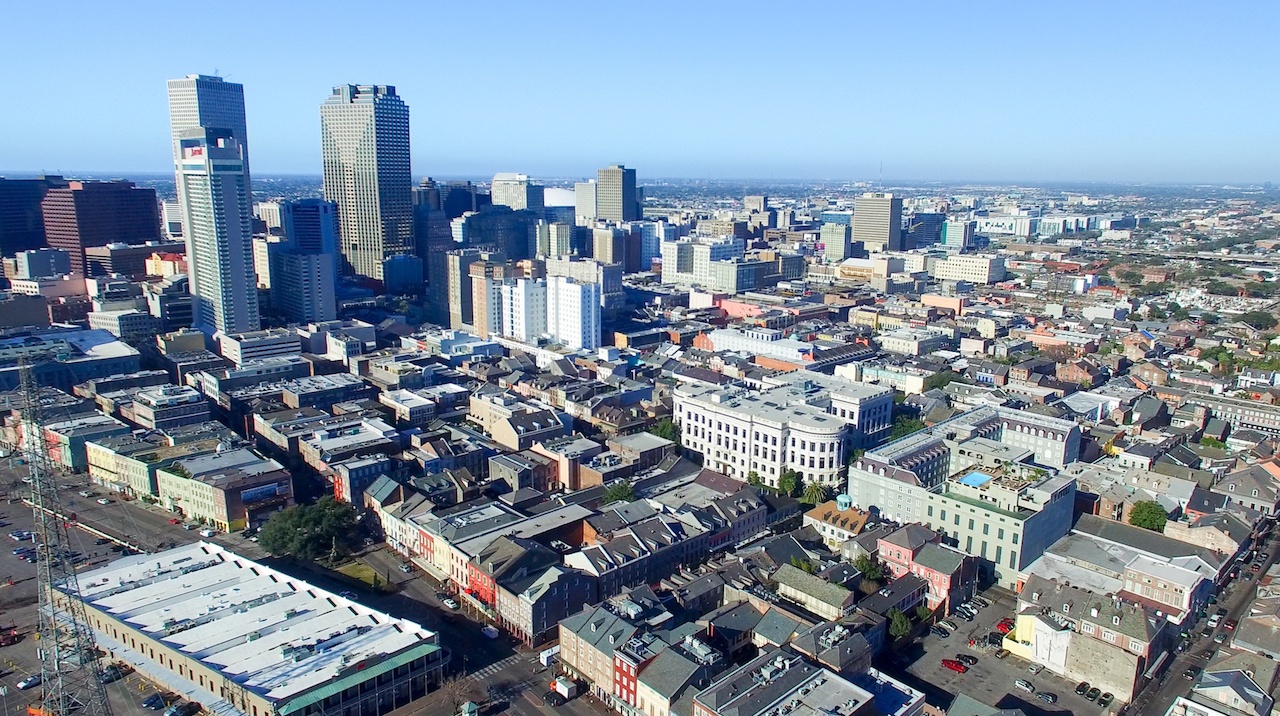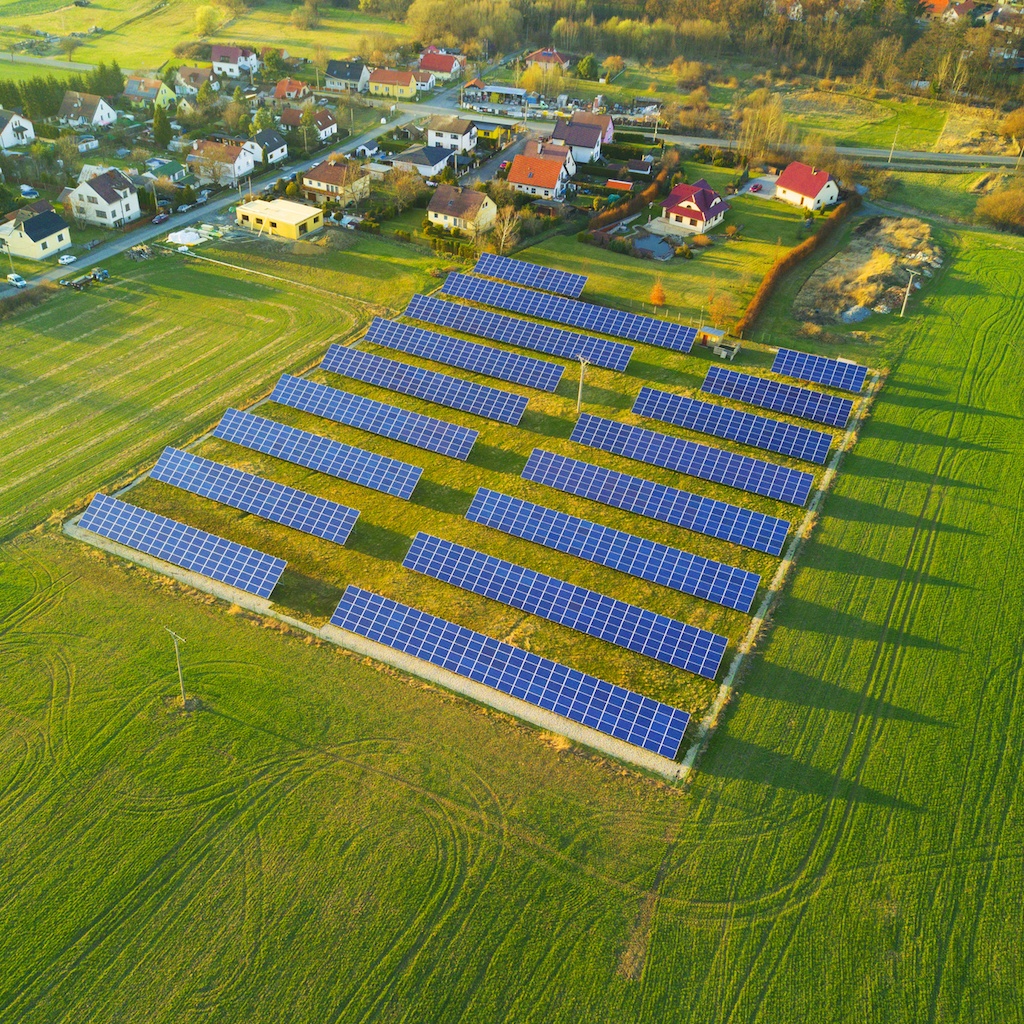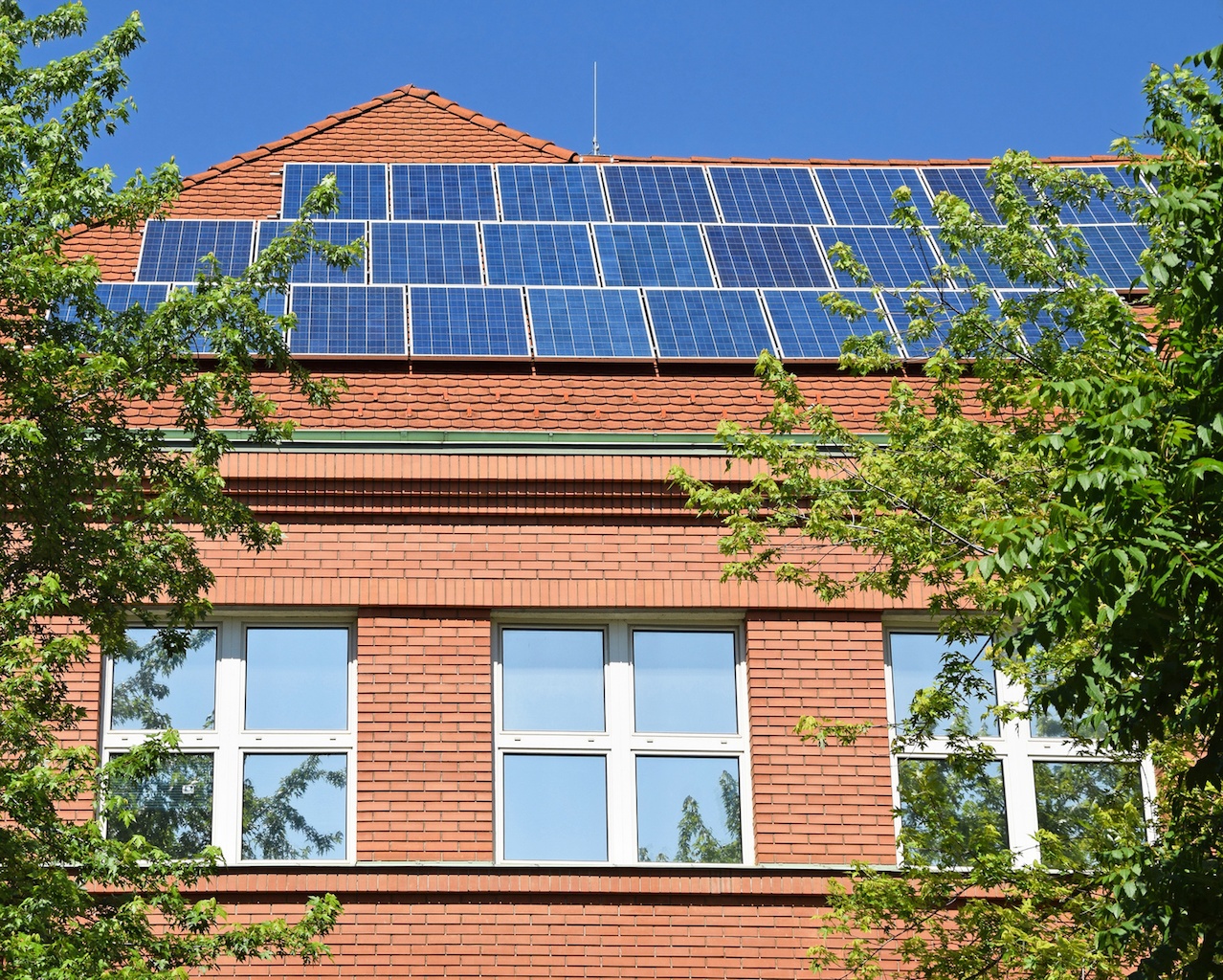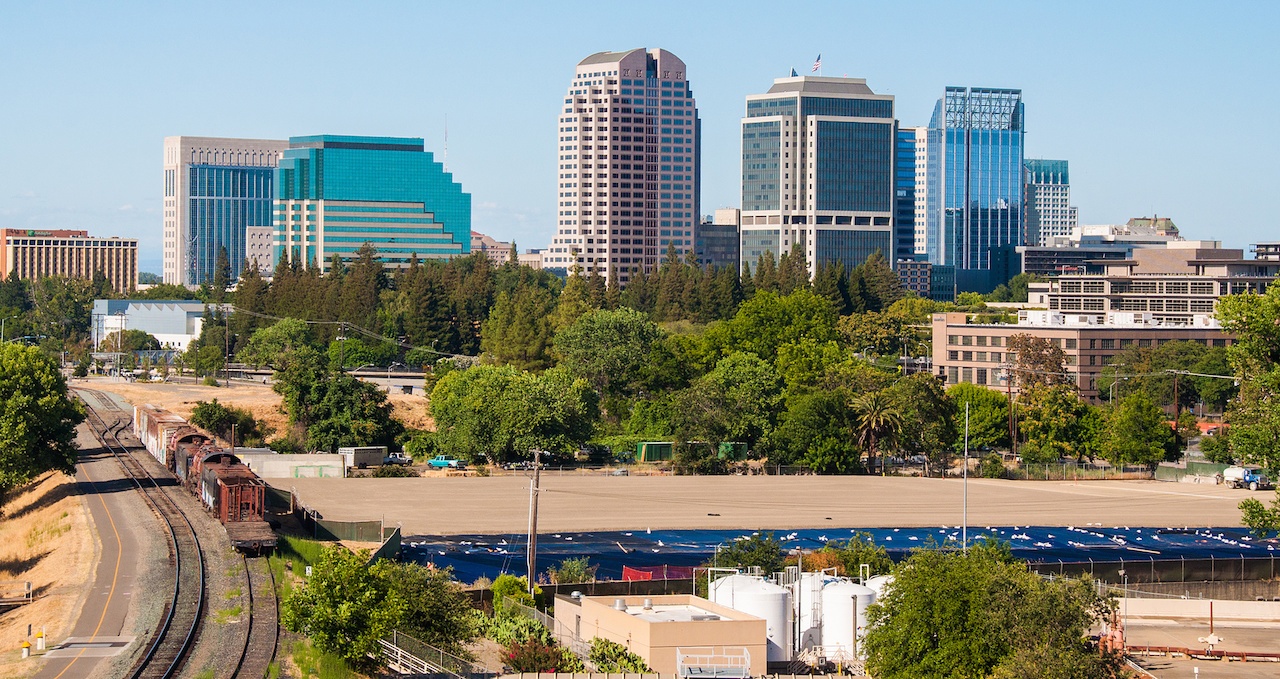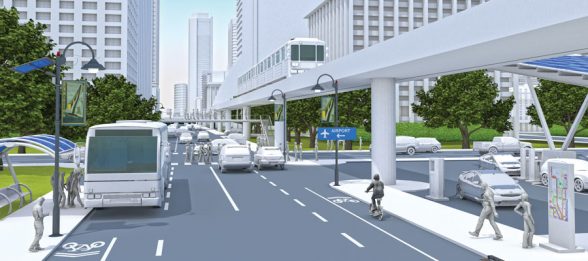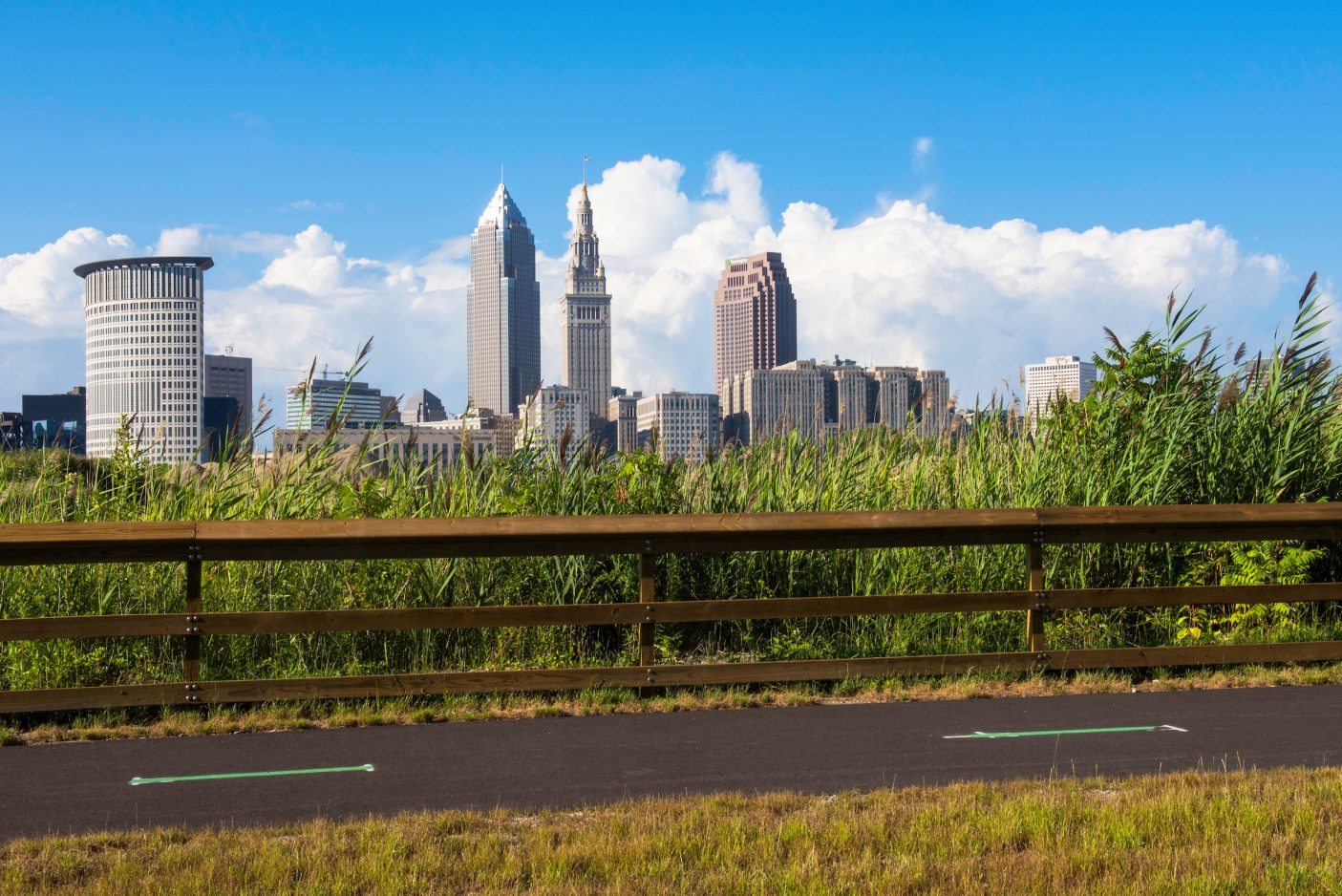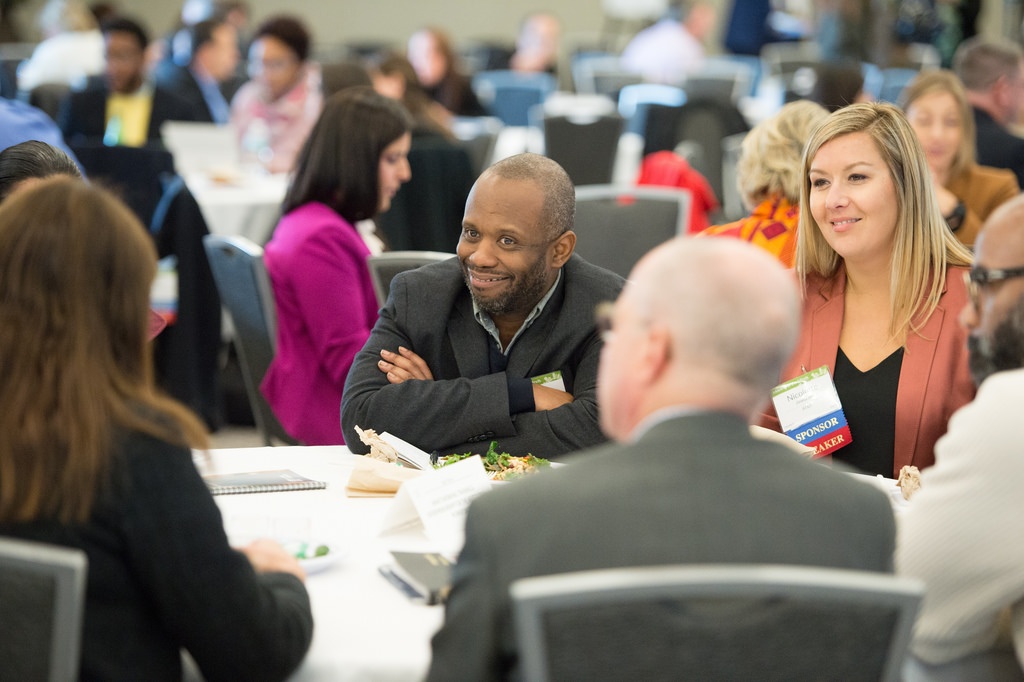Infrastructure
A broad category of content focused on infrastructure-related topics in cities.
Examples: the built environment, building management systems, smart lighting, airports, street design
How Smart City Policy Can Support Electric Vehicles
If cities wish to obtain the environmental, public health, and quality of life benefits of electric vehicles, they will need to plan for the dramatic expansion of electric vehicle charging infrastructure.
Consider Anthropology in Your Next Urban Design Project
When applied to today’s cities in a non-academic context, urban anthropology provides a kind of “outsider’s perspective” to the dominant fields of urban planning and design. An anthropologist’s brain is one that views the current age through the long arc of humanity; they see the comparison between the best and worst of the human condition, and can balance human needs with human desire accordingly. This leads to an acceptance (and appreciation) of cultural contexts, with communication and co-creation at its core.
Urban Planning in 3D: How Creating a Digital Twin Leads to Smarter Cities
“The ancients built Valdrada on the shores of a lake, with houses all verandas one above the other, and high streets whose railed parapets look out over the water. Thus the traveler, arriving, sees two cities: one erect above the lake, and the other reflected, upside down. Nothing exists or happens in the one Valdrada that the other Valdrada does not repeat, because the city was so constructed that its every point would be reflected in its mirror”
– Italo Calvino, Invisible Cities
Commercial Real Estate Needs Sustainability Performance Reporting
There are 87 billion square feet of commercial real estate in the United States. These buildings’ owners fall into two categories: those whose primary business is owning real estate for profit from asset appreciation or rental income, and everyone else. Of all this square footage, some 60 percent is in possession of those who control real estate on a large scale, typically with assets worth hundreds of millions of dollars. It is this group that is most exposed to regulatory and market forces and that also has the wherewithal to do something about it. This is where it gets interesting.
Intelligent Energy Storage is Saving Millions for Schools
By combining intelligent storage, solar, and energy efficiency, schools may eventually save billions of dollars that can be put towards better classrooms, more teachers and aids, and better learning. Intelligent storage is helping schools with peak shaving, rate optimization, arbitrage, and demand response.
Energy Efficiency and Solar in the $8 Billion School Energy Market
Smart and efficient buildings are having a big impact. In a typical school building, 30 percent of energy is for lighting. LED lighting uses only a fraction of the energy of older lights. Using the internet of things (IoT), lights can be automatically turned off when a network of low-cost sensors detects that a room is empty. Classrooms designed to make good use of natural light help students learn more, have fewer behavioral issues, and use less electricity. Studies have documented up to 26 percent test improvements in natural daylight environments.
Smart Cities – Where Technology and Reality Collide
Where smart city projects require departments or agencies to collaborate and share money and data in new ways, they may be just be asking the physically impossible; or they may impose a zero-sum calculation on those entities – the more collaboration, the less power, budget and funds, and the less reason for the separate existence of each entity. Said differently, in organizational and political terms, smart cities are fundamentally unnatural.
Ecosystems Enable Urban Evolution
The ecosystem concept, once confined to its biological origins, has found new life in the smart city.
When natural systems begin to evolve, there is at first low diversity and complexity. Over time, diversity expands, system interactions get more complex, and cooperation is necessary to ensure the success of the community.
Similarly, early smart city programs consisted of a limited number of participants and technologies. Many were top-down efforts that emphasized using technology to help city systems operate more efficiently. Over time, communications networks and the Internet of Things (“IOT”) expanded connectivity across sectors, assets and citizens. Accordingly, the range of smart solutions and participants has skyrocketed, and smart city silos are giving way to collaborative arrangements across sectors, solution providers, stakeholder groups and infrastructure assets.
How Private Investment is Revitalizing New York City
Keep the Builders Accountable and Let them Build For nearly five decades, the Seward Park Urban Renewal Area has stood out as a bleak history lesson on the failings of urban planning. In 1967, the City of New York demolished the homes of more than 1,800 low-income...The Role of Smart Batteries in Resilient Cities
Imagine what might happen if distributed power was installed at publicly owned facilities and resources. Every school, every police and fire station, along with critical intersections, could be equipped with an uninterruptable power supply in the form of PV panels and lithium-ion-based energy storage systems. Public spaces, critical street lights and businesses would remain illuminated.
Cleveland Metroparks 100 Year Vision: Connecting People and Nature
In 2013, a Trust for Public Land study identified Cleveland Metroparks trails and parks as key economic drivers that contribute at least $855 million annually in economic benefits to Northeast Ohio. We also learned from this study that our trails and parks increase the value of nearby residential properties by $123 million.
Meeting of the Minds Annual Summit Recap: Cleveland’s 21st Century Assets
Meeting of the Minds provided our smart, creative, and tech-minded leaders the opportunity to unveil our 21st century assets, feel proud, and show off a little. The 450 attendees were a tiny fraction of the world who need to know of Cleveland’s progress, and that we have taken our inherent grit and determination and turned it into green space and water conservation, technology products and research, modern affordable housing, and digital programming, not to mention a sports powerhouse. Let’s keep the momentum going, embrace an innovation culture and find more opportunities to build on our strengths.




